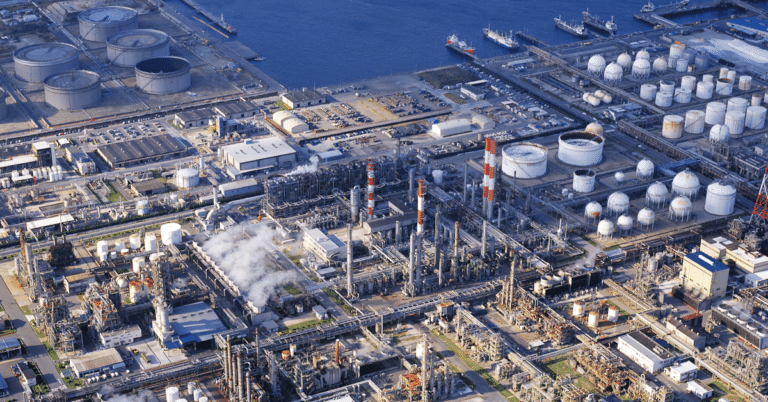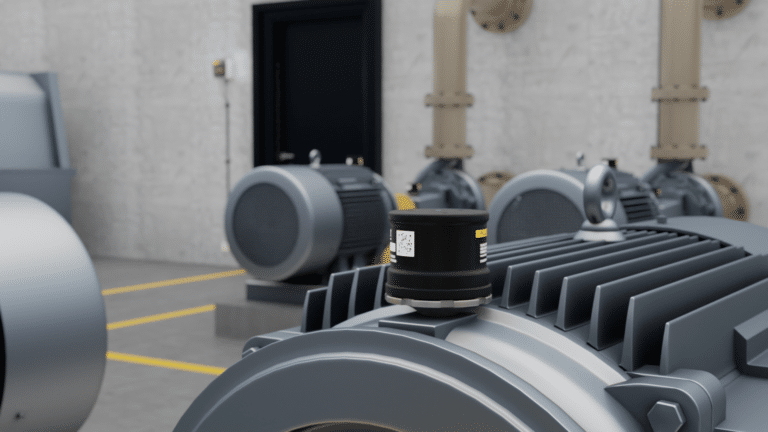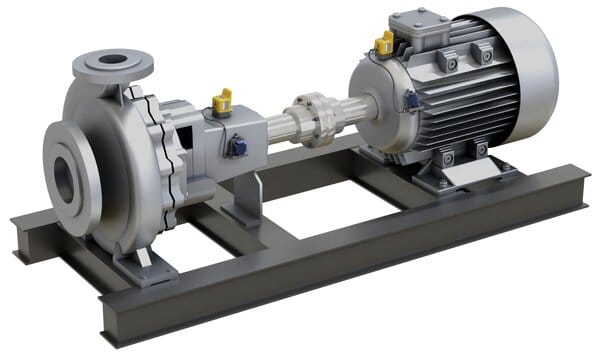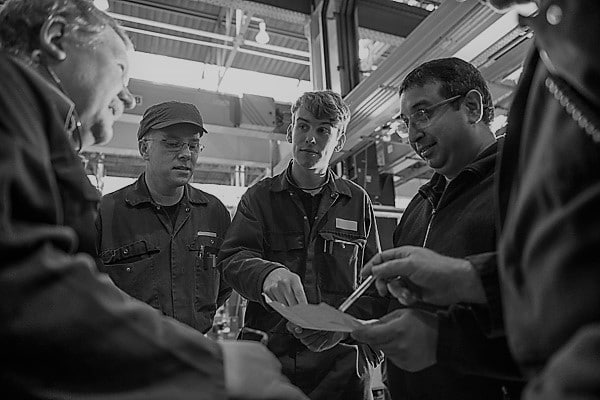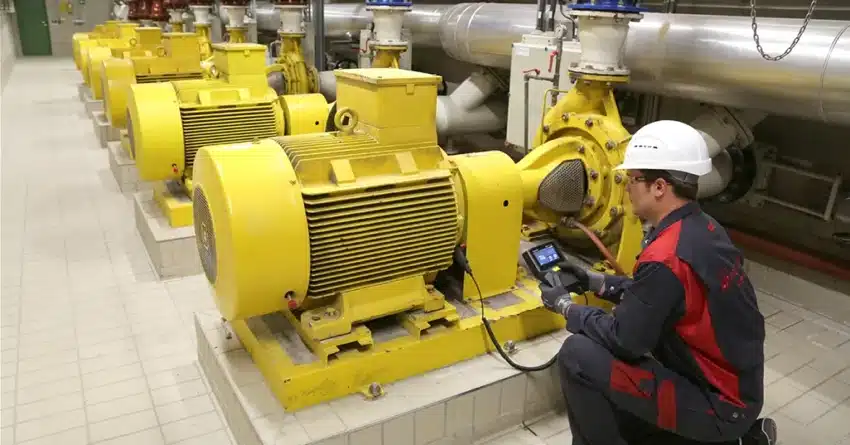
Preventive and predictive maintenance are both maintenance strategies for minimizing downtime, maximizing performance, and keeping your equipment in optimal condition. When implemented correctly, they can improve productivity and lower the cost of necessary repairs on your assets. That may leave you wondering: What is the difference in predictive vs. preventive maintenance? And which approach is more effective, preventive or predictive maintenance?
In truth, the two methods can actually work well in tandem. Successful businesses often adopt a hybrid strategy, using a mixture of both preventive and predictive maintenance to keep their operations running smoothly.
Predictive vs. Preventive Maintenance?
The main difference between these strategies is that preventive maintenance follows a fixed schedule, while predictive maintenance is completed on an as-needed based on real-time conditions.
What is Preventive Maintenance?
Preventive maintenance is usually time-based. Maintenance teams perform inspections on a weekly, monthly, or quarterly basis, depending on the machine manufacturer’s recommendations. In addition, preventive maintenance also includes regularly scheduled actions such as cleaning and lubricating parts, replacing belts and valves, and checking battery life.
Preventive maintenance can also be usage-based, so that inspections and upkeep take place once an asset has undergone a certain amount of use (similar to how consumer vehicles require oil changes after a predetermined number of miles).
What are the Pros and Cons of Preventive Maintenance?
Typically, companies schedule downtime so that maintenance crews can service assets and equipment according to plan. When it’s done right, preventive maintenance means that there’s little to no unplanned downtime. It also means that equipment stays in optimal condition, and productivity is as high as possible.
But preventive maintenance has some built-in challenges too. Carrying out regular inspections is expensive, both in terms of labor and lack of productivity. Preventive maintenance also requires keeping an inventory of spare parts on hand for scheduled changes, whether they’re needed or not.
There’s also the risk that your planned maintenance schedule won’t always match up with your assets’ needs. After all, preventive maintenance is based on industry-wide averages and recommendations, but things can still go wrong. The averages may not meet the reality of working conditions in every environment. In some cases, following the norms can lead to over-maintenance; in other cases, the equipment can break down between planned activities.
What is Predictive Maintenance?
Predictive maintenance relies on Internet of Things (IoT) technology, also known as predictive maintenance technologies, as well as connectivity and data analysis to gather machine health data and identify potential problems with your equipment so that your maintenance team can resolve them quickly and proactively before they escalate.
Where preventive maintenance relies on industry norms and best practices, predictive maintenance relies on data from the machine itself to determine when assets need to be serviced. The preventive maintenance approach uses sensors that continually monitor your equipment and its environment for any signs of deterioration. These condition monitoring sensors indicate machine health, such as vibration measurements, temperature, acoustics, power, and more. Machine learning tools then take the data and analyze it, looking for indications that your equipment is deteriorating or needs repair.
What are the Pros and Cons of Predictive Maintenance?
When it’s done right, predictive maintenance minimizes the frequency of maintenance, while also reducing downtime. Unlike preventive maintenance, predictive maintenance is not carried out on a strict schedule. That means that necessary repairs can be done when your equipment is already off-line, during scheduled changeovers or during scheduled cleanings.
Predictive maintenance can also take the place of manual inspections. Sensors can inspect your assets on a constant basis, so that you won’t need to stop your operations to have a maintenance crew come through to inspect it manually. Sensors can also be placed on small, internal parts, so that maintenance teams can more easily pinpoint the exact location of any problem, enabling repairs to be targeted to exactly the right spot.
Like anything else, predictive maintenance does come with some challenges. It tends to come with higher upfront costs than other maintenance strategies, since it involves acquiring sensors and the software needed to collect and interpret data. Predictive maintenance also requires having employees — or trusted partners — who are thoroughly trained in the data collection and analysis needed to make this approach successful.
The Benefits of a Proactive Maintenance Approach
Let’s take a moment to think about proactive maintenance in contrast with traditional reactive methods. For example, run-to-failure means never having to schedule downtime to service equipment, or to order new parts. It means not having to do regular inspections, or study performance data.
However, it also means significant unplanned downtime whenever there’s a breakdown. Studies estimate that unplanned downtime is costing manufacturers as much as $50 billion every year in lost productivity, cost of repairs, and lost labor hours.
Proactive maintenance – whether preventive maintenance, predictive maintenance, or a combination of both methods – can save your company time and costs in the long run. Proactive maintenance can help you avoid unplanned downtime, saving your business time and money, and earning you a reputation for dependability. Best of all, proactive maintenance buys you the peace of mind that comes with knowing that you’re prepared for whatever comes your way.

